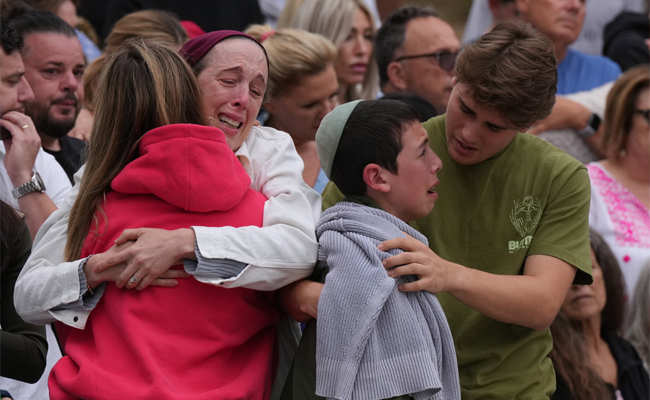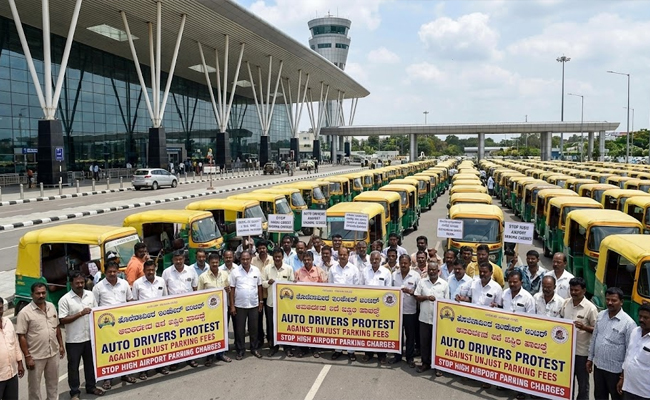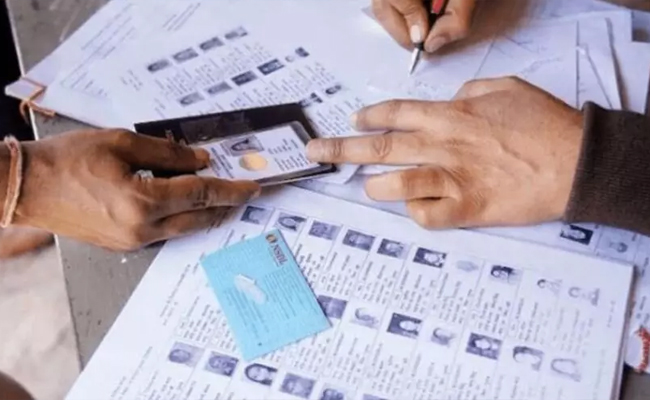San Francisco, May 11: As the European Union (EU) prepares to introduce the General Data Protection Regulation (GDPR) on May 25 to harmonise data privacy laws, Google has updated the company's Privacy Policy to comply with it across all of the services the tech giant provides in the region.
The company laid out a new Privacy Policy in a blog post on Friday detailing exactly how and why Google collects the data that powers its various products.
"We have been working on our compliance efforts for over 18 months and ahead of the new law coming into effect we are updating our current Privacy Policy to make it easier to understand what information we collect and why we collect it," William Malcolm, Director, Privacy Legal EMEA at Google, wrote in the post.
After four years of debate, the GDPR was finally approved by the EU Parliament on April 14, 2016. Organisations that fail to comply with the new regulation may face hefty fines.
"We've explained our practices in more detail and with clearer language and added more detail about the options you have to manage, export and delete data from our services. The policy now also includes explanatory videos and illustrations, because a visual description can be easier to understand than text alone. And we've made it easier to jump to your privacy settings directly from the policy, helping you make choices about your privacy," the executive wrote.
Users would continue to have granular control over the data they share with the company when they use its services, but with clearer explanations.
"My Account", the central hub that brings together all the different ways users could review Google security, privacy and ad settings, has been improved.
With "Activity Controls", users can choose what activity is saved to their Google Account. They could view or delete data, including search history, location history, browsing history from the company's services.
Users can also take a "Security Checkup or Privacy Checkup" to reassure that their account is secure and that their privacy settings work for them.
"Manage or mute the ads you see on Google, on websites and in apps using the recently upgraded 'Ads Settings' tool and 'Mute This Ad control'," Malcolm said.
The users could get a clear overview of all the Google products that they use -- and the data associated with them -- via "Google Dashboard".
Under the new rules, companies must get consent from parents to process their children's data in certain circumstances.
For this Google is rolling out "Family Link" through which parents could create a Google Account for their child and are required to provide consent for certain processing of their child's data.
"Family Link" also allows parents to set certain digital ground rules on their child's Android device like approving or blocking apps, keeping an eye on screen time, or remotely locking their child's device.
Let the Truth be known. If you read VB and like VB, please be a VB Supporter and Help us deliver the Truth to one and all.
Melbourne (PTI): Three Indian students were among 40 people injured in the terrorist attack on Sydney's Bondi Beach in Australia, according to a media report on Tuesday.
Two out of these three students are believed to be receiving treatment in the hospital, The Australia Today news portal reported.
The names of the Indian students injured during Sunday's attack have not been disclosed yet.
ALSO READ: Affront to non-Hindi speaking people: Chidambaram slams use of Hindi words in bills' names
The Indian students sustained injuries during the shooting, and their exact condition has not been formally confirmed yet, it said.
Naveed Akram, 24, and his father, 50, opened fire on a gathering during the Jewish festival Hanukkah by the Sea celebration.
At least 15 people were killed in the attack, including a 10-year-old child. Five of the injured remain in critical condition, while two injured police officers are in serious but stable condition, it added.
New South Wales Police Commissioner Mal Lanyon said the investigation is expanding as new information emerges, including international travel by the alleged attackers and the discovery of extremist material, the report said.





